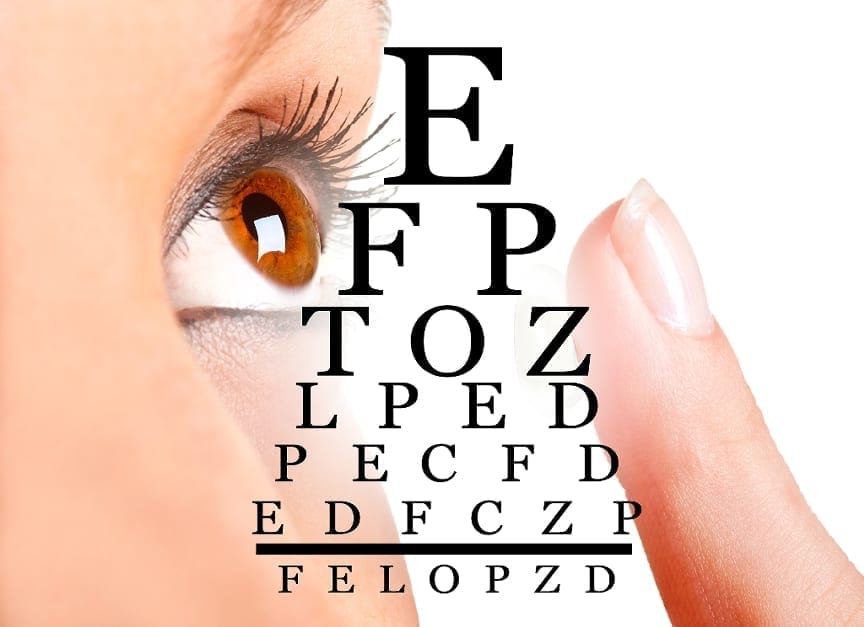Flexible Computer Chip Developed As A Contact Lens
Switzerland researchers announced on Tuesday that they have developed an electronic chip so flexible it can wrap around a human hair. The technique entails building an electronic circuit on top of a sandwich of polyvinyl layers perched on a hard base. The wafer is then placed in water, which dissolves two of the polyvinyl layers and causes the base to be released, sinking to the bottom of the lab dish. What remains is a circuit embedded on a light, transparent non-soluble polymer film called parylene that is just one micrometer, or a millionth of a meter, thick. The transistors continue to work even when wrapped around a human hair, which is about 50 micrometers thick, according to the research published in the journal Nature Communications. The ultra-bendable chip may have medical uses, and has already been tested on an artificial eye in the lab. It was added to a contact lens to provide a monitor for glaucoma, in which pressure builds up dangerously in the eyeball, said the team. The invention also has many other potential outlets, from flexible solar cells to wearable bio-sensors, they said. The electronics “can be transferred on any object, surface and on biological tissues like human skin and plant leaves,” according to the study led by Giovanni Salvatore at the Swiss Federal Institute of Technology in Zurich (ETZ). The invention also has many other potential outlets, from flexible solar cells to wearable bio-sensors, they said. The electronics “can be transferred on any object, surface and on biological tissues like human skin and plant leaves,” according to the study led by Giovanni Salvatore at the Swiss Federal Institute of Technology in Zurich.














